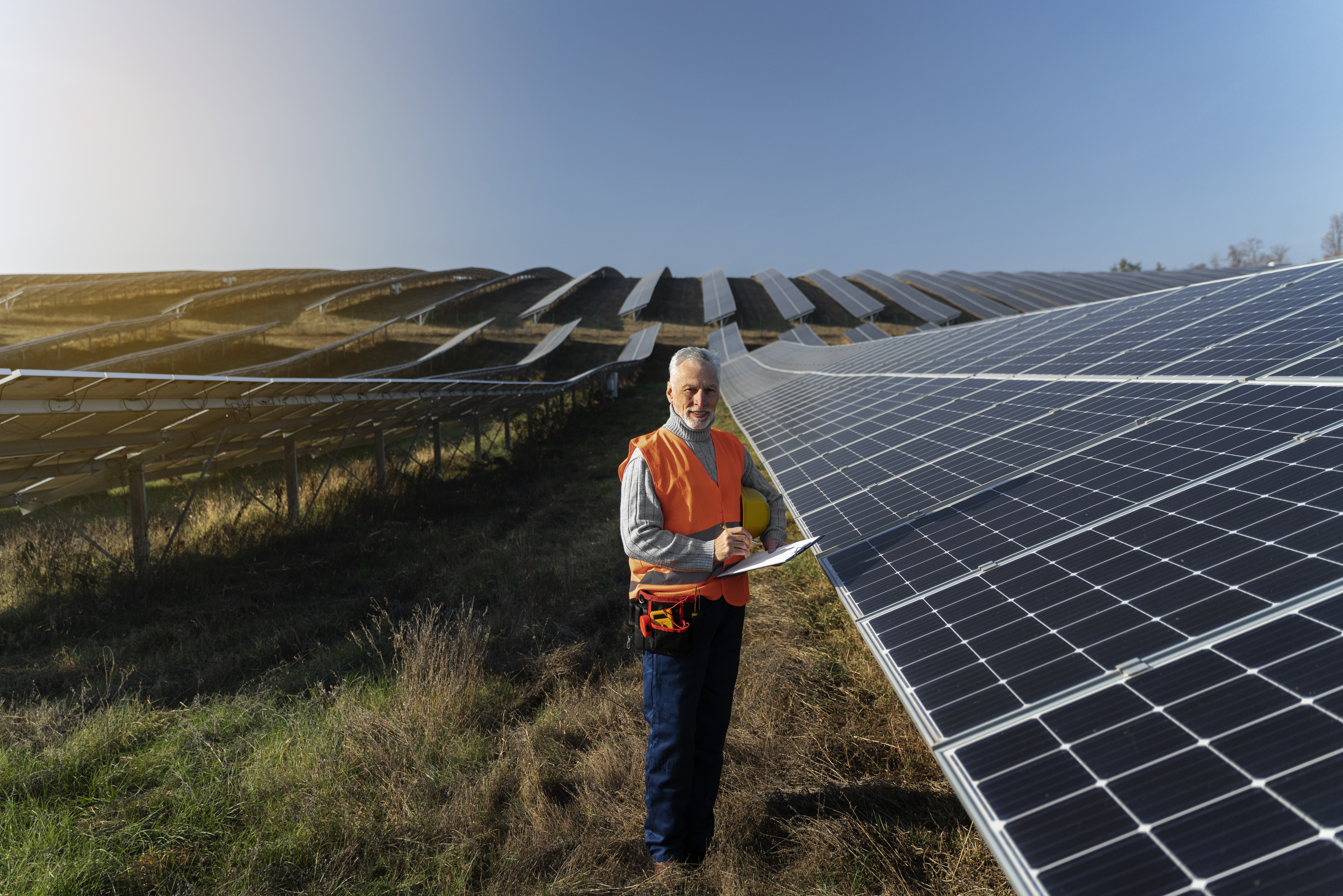On Grid Solar System
In the quest for sustainable and cost-effective energy solutions, on-grid solar systems have emerged as a revolutionary choice for both residential and commercial users. By integrating solar power with the existing electrical grid, these systems offer numerous advantages, including cost savings, energy reliability, and environmental benefits. This guide explores the intricacies of on-grid solar systems, their benefits, components, and how they are transforming energy production.
Understanding On-Grid Solar Systems
An on-grid solar system, also known as a grid-tied or grid-connected solar system, is designed to work in conjunction with the local utility grid. Unlike off-grid systems, which rely solely on solar power and battery storage, on-grid systems connect to the grid, allowing users to draw electricity when needed and feed excess energy back into the grid. This integration offers a balanced approach to solar energy, ensuring a steady power supply while maximizing the use of renewable resources.
Key Components of On-Grid Solar Systems
- Solar Panels: These are the primary components that capture sunlight and convert it into direct current (DC) electricity. Made from photovoltaic (PV) cells, solar panels are typically installed on rooftops or in open areas with optimal sunlight exposure.
- Inverters: Inverters play a crucial role in on-grid systems by converting the DC electricity generated by solar panels into alternating current (AC) electricity, which is compatible with the grid and household appliances.
- Grid Connection: This is the link between the solar system and the local utility grid. It allows for the seamless transfer of electricity between the solar system and the grid, enabling net metering and energy exchange.
- Net Meter: A net meter tracks the flow of electricity between the solar system and the grid. It measures the amount of excess energy produced and fed back into the grid, as well as the amount of electricity drawn from the grid when solar production is insufficient.
- Mounting Systems: These are used to secure solar panels in place. They can be roof-mounted, ground-mounted, or installed on tracking systems that adjust the panel angle for optimal sunlight exposure.
Benefits of On-Grid Solar Systems
- Cost Savings: On-grid solar systems offer significant financial benefits. By generating your own electricity, you reduce reliance on grid power, leading to lower energy bills. Additionally, many regions offer incentives and rebates for solar installations, further enhancing cost savings.
- Reliability: Being connected to the grid ensures a reliable power supply. In times when solar production is low, such as during cloudy weather or nighttime, the grid provides the necessary backup power. This eliminates the need for expensive battery storage systems, which are common in off-grid setups.
- Environmental Impact: On-grid solar systems contribute to reducing greenhouse gas emissions and reliance on fossil fuels. By generating clean, renewable energy, these systems help mitigate climate change and promote a sustainable future.
- Scalability: On-grid systems are highly scalable, making them suitable for a wide range of applications. Whether it's a small residential installation or a large commercial setup, on-grid systems can be designed and expanded to meet specific energy needs.
Installation and Maintenance
- Installation: Installing an on-grid solar system involves several steps, including site assessment, system design, permitting, and installation. A professional solar installer evaluates the property to determine the optimal placement of solar panels and other components. The system is then designed to meet the user's energy requirements and comply with local regulations. Once the design is finalized, the installation process begins, which typically involves mounting the panels, wiring the system, and connecting it to the grid.
- Maintenance: On-grid solar systems require minimal maintenance compared to other energy systems. Regular cleaning of the solar panels and periodic inspections ensure optimal performance. Many solar providers offer maintenance services and monitoring solutions to detect and address any issues promptly.
The Future of On-Grid Solar Systems
The future of on-grid solar systems looks promising, with advancements in technology and growing awareness of environmental issues driving their adoption. Innovations such as more efficient solar panels, smart inverters, and improved grid integration technologies are enhancing the performance and affordability of on-grid systems.
Moreover, as governments and organizations continue to implement supportive policies and incentives for renewable energy, the accessibility and appeal of on-grid solar systems will only increase. The integration of on-grid systems with emerging technologies, such as energy storage and smart grids, will further enhance their efficiency and effectiveness.
Conclusion
On-grid solar systems represent a significant advancement in energy technology, offering a practical and sustainable solution for modern energy needs. By harnessing the power of the sun and integrating it with the existing electrical grid, these systems provide reliable, cost-effective, and environmentally friendly energy. As technology continues to evolve and support for renewable energy grows, on-grid solar systems will play a crucial role in shaping the future of energy production. Whether for residential or commercial use, on-grid solar systems are a smart investment in a cleaner, more sustainable world.
01.How much solar energy is needed?
Solar energy is generated when sunlight strikes solar panels, creating electricity through the photovoltaic effect. The availability of solar energy is tied
03.How much solar power is enough?
Solar energy is generated when sunlight strikes solar panels, creating electricity through the photovoltaic effect. The availability of solar energy is tied
04.How many solar panels can I have?
Solar energy is generated when sunlight strikes solar panels, creating electricity through the photovoltaic effect. The availability of solar energy is tied
